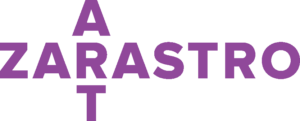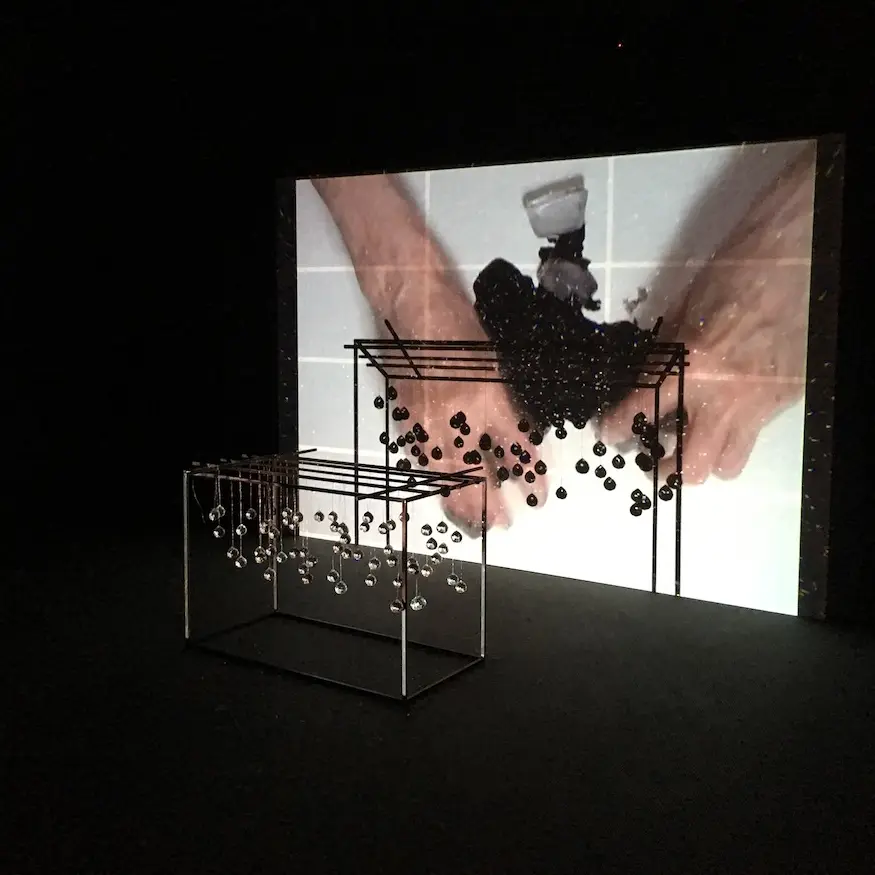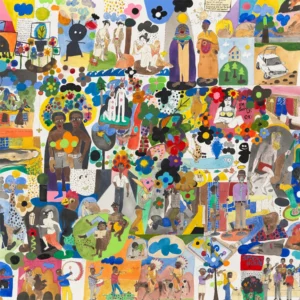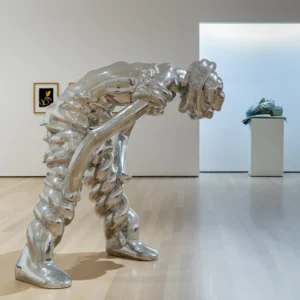Joan Jonas’s career retrospective at MoMA, Good Night Good Morning blends childlike wonder with awareness of the world’s fragility. The exhibition’s design enhances coherence, departing from the museum’s typical sterile aesthetic.
Curated by Hiroko Ishikawa, Good Night Good Morning presents a comprehensive view of Joan Jonas’s artistic evolution. It highlights her use of various materials to transform mundane elements into captivating artistic expressions. The show follows a thematic and chronological organization, tracing Jonas’s journey from early body-positive performances and experiments with technology to her later dreamlike reflections on a changing natural world.
Joan Jonas has blended various mediums such as video, sculpture, poetry, and dance for almost half a century. She was among the first to use video and performance art. She blended influences from silent film to magic shows with new technologies like portable video cameras. Her works, such as “Organic Honey’s Visual Telepathy” and “Vertical Roll,” posed enduring questions about self-perception and identity in the video age.
In her early work, like “Oad Lau” in 1968, she sewed small mirrors onto her costume. By the 1970s, she challenged the concept of the male gaze by standing naked in a SoHo gallery and examining her body with a hand mirror in “Mirror Check”. Despite her initial fear, she found motivation in her apprehension. She later repeated the performance for a video camera, using larger mirrors to force viewers to confront their own reflections while distorting hers.
In subsequent videos, she incorporated landscapes, further deflecting the focus from the female body to the environment. Her use of the video monitor as a mirror began in 1972 with the Sony Portapak, allowing her to explore doubling effects in her work. This period also saw the creation of “Organic Honey’s Visual Telepathy”, featuring her masked alter ego, and “Vertical Roll” which revealed the mechanics of illusion through manipulation of the video transmission.
The retrospective at MoMA encompasses drawings, photographs, notebooks, oral histories, film screenings, performances, and installations, highlighting her ongoing commitment to addressing pressing issues like climate change while maintaining a focus on the present moment. It is on view through July 6, 2024.




